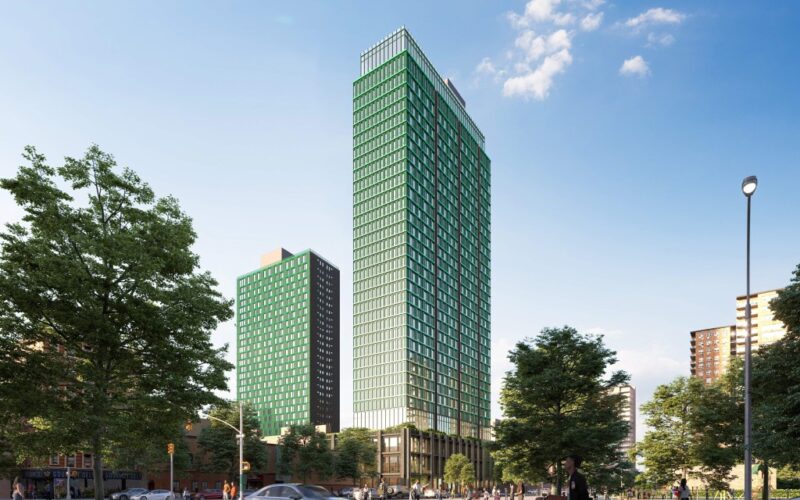As has long been true, each of the major New York mayoral candidates has declared a commitment to building more affordable housing. It’s the first issue listed on the platforms of Zohran Mamdani and Andrew Cuomo, and second (to public safety) on that of Eric Adams.
But recent history tells us to be skeptical about how easy such promises — or any housing construction at all-will be to fulfill, notwithstanding naïve ideas such as that of Mamdani that there will be “no more red tape” standing in the way of 200,000 new rent-stabilized units.
The New York Housing Conference Housing Tracker reports that, for all 2023, just 14,000 new affordable units were built across the entire city — with the vast majority concentrated in just 10 lower-income neighborhoods in the Bronx and central Brooklyn. But 10 other neighborhoods — in Queens, southern Brooklyn and Staten Island — saw just 10 new such units.
What stands in the way of new housing is, as much as any bureaucratic hurdles, is neighborhood opposition, aka NIMBY. The 1,000-unit Harlem One45 development, blocked for many years, is just one of many examples found across the city from Park Slope to the Upper West Side.
To overcome opposition to new housing — whether subsidized “affordable” or not — it’s important to understand why City Council members move to block it from their districts. They understand that constituents fear that any benefits will be outweighed by costs: more traffic, more noise, more shadows — and that increased property tax revenues will not necessarily be used to mitigate such effects.
Limiting NIMBY-ism means changing the cost/benefit calculation that residents — logically and often justifiably — make.
To change that calculus, the city should look to the example of its surrounding suburbs, where many of the same issues arise. Suburban residents, however, can be persuaded by the fact that the increased property taxes that development can bring can pay for new services and amenities.
Consider the Town of North Castle in Westchester — where Cuomo once lived. There, estimable Hudson Valley Journal News “tax watch” columnist David McKay Wilson, reports, town officials have opened the door to new private resident and commercial building in its Armonk section — on the condition the developer help renovate the Town Hall and police station. In other words, benefits, not just costs.
It’s the greater certitude of the former, not the latter, that can open the door to new development. In contrast, NYC Community Boards — with far greater populations than the dozens of small municipalities in Westchester, Nassau and Suffolk counties — have no such assurance.
Their boards, or Council members, are free, of course, to propose new capital projects — investments in parks, pools or schools — as part of the annual budget process. But they must compete against the whole of the city for funding. Their voice can easily be drowned out — just as their votes are diluted in the huge city electorate.
Suburbanites, in contrast, know that their votes — often premised on controversial development projects — can be powerful. One vote in a town of 12,408 (the population of North Castle) will inevitably have more impact than one vote in New Brighton (Staten Island). Borough presidents, their titles notwithstanding, have little sway.
To be sure, it’s appropriate in a city of 8 million-plus, replete with neighborhoods of a great range of incomes, for the tax revenues realized in the most affluent neighborhoods prized by developers, to be redistributed to lower-income districts.
It’s in the interest of the city as a whole for high-quality city services such as safe and clean streets, not to be limited to those who can afford to pay for them.
But if a modest percentage of the increased tax revenues accompanying new development were to be set aside for the immediate neighborhood, the debate would inevitably change. In a sense, that’s what happened when the city agreed to preserve the Elizabeth Street Garden in Greenwich Village — and the community fighting an affordable housing development that had been planned there did not oppose housing construction on a nearby site.
The November ballot will include proposals by the Charter Revision Commission convened by Adams — one of which would end the so-called “member deference” City Council tradition that has allowed individual members to block development projects. It’s a positive step for the city overall — but one which in its own way diminished the influence of individual neighborhoods.
Those ballot changes should be accompanied by a move to assure residents that new development will bring not just costs but tangible benefits for their quality of life. City officials across the country would likely take note and, for once, New York would set an example for growth, not delay.
Husock is a senior fellow at the American Enterprise Institute.








